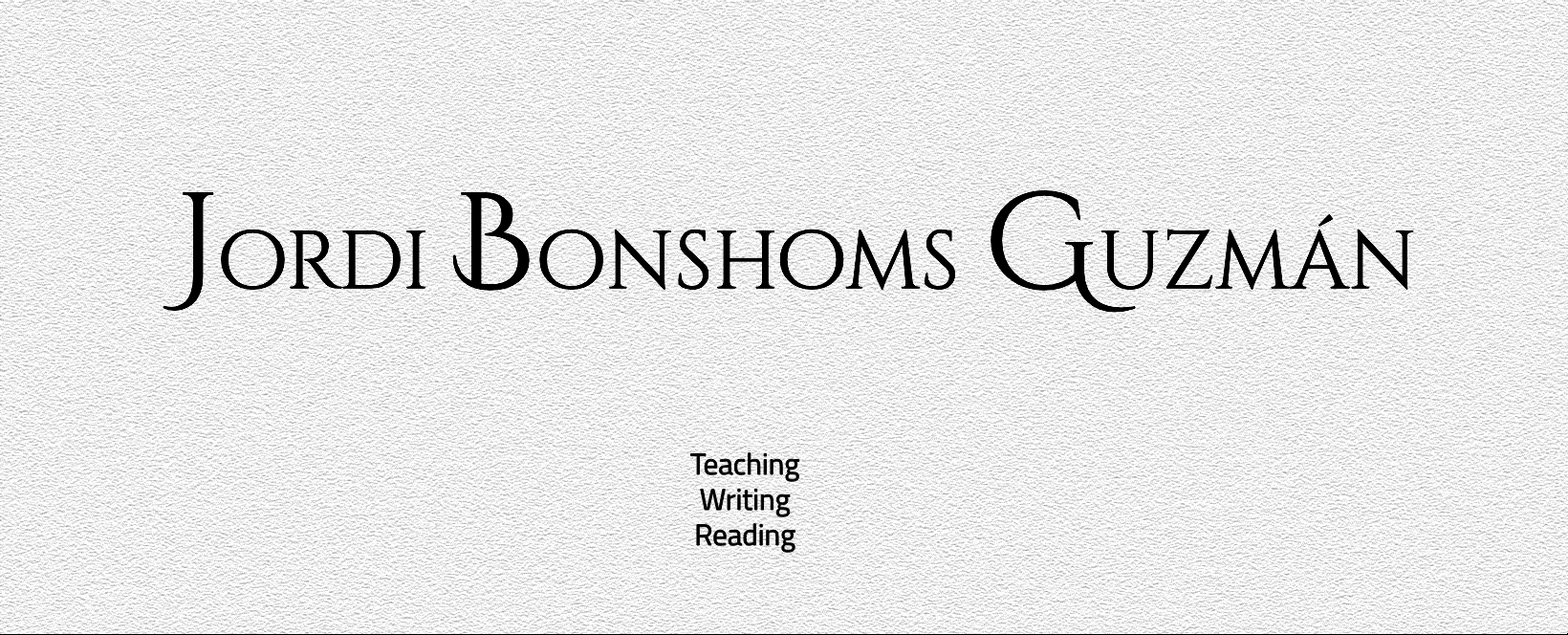Paper published in Oxford Research Encyclopedia of Criminology, together with Jack Farrell.
Jordi Bonshoms Guzmán
Entrevista en The New York Times. Foto: Edu Bayona.
- CriminologyPaper
La Fiscalía de Delitos Económicos y la persecución del delito fiscal: ¿hacia una lógica restaurativa?
Paper publicado en la REC.
- ArtículoCriminologia
Inspectores y Fiscales: investigar y perseguir la defraudación tributaria en España
Paper publicado en Indret Criminología (Q2)
Paper published in Urban Studies (Q1).
Paper published in Housing Studies (Q1)
Jordi Bonshoms Guzmán, University of Leeds (UK) Abstract This article weaves together the ascendancy of financial markets and the field of critical criminology. It argues that critical perspectives such as…
- ArtículoCriminologia
The Prohibition of Torture and Other Cruel, Inhuman or Degrading Treatment or Punishment.
Supervision mechanisms in the American and European prison conditions. Introduction The international prohibition of torture and ill-treatment is embedded in the most important declarations and conventions of human rights[i]. The American…
Des de l’any 2008, la població que viu de lloguer ha crescut inexorablement. La fi del darrer boom immobiliari (1997-2007) va ser també l’inici d’un canvi de tendència, després de 50…
El curs 2020-2021 del Grau de Criminologia i Polítiques Públiques de Prevenció ha resultat ser el primer curs que imparteixo classes com a professor associat a la universitat on em vaig graduar:…
